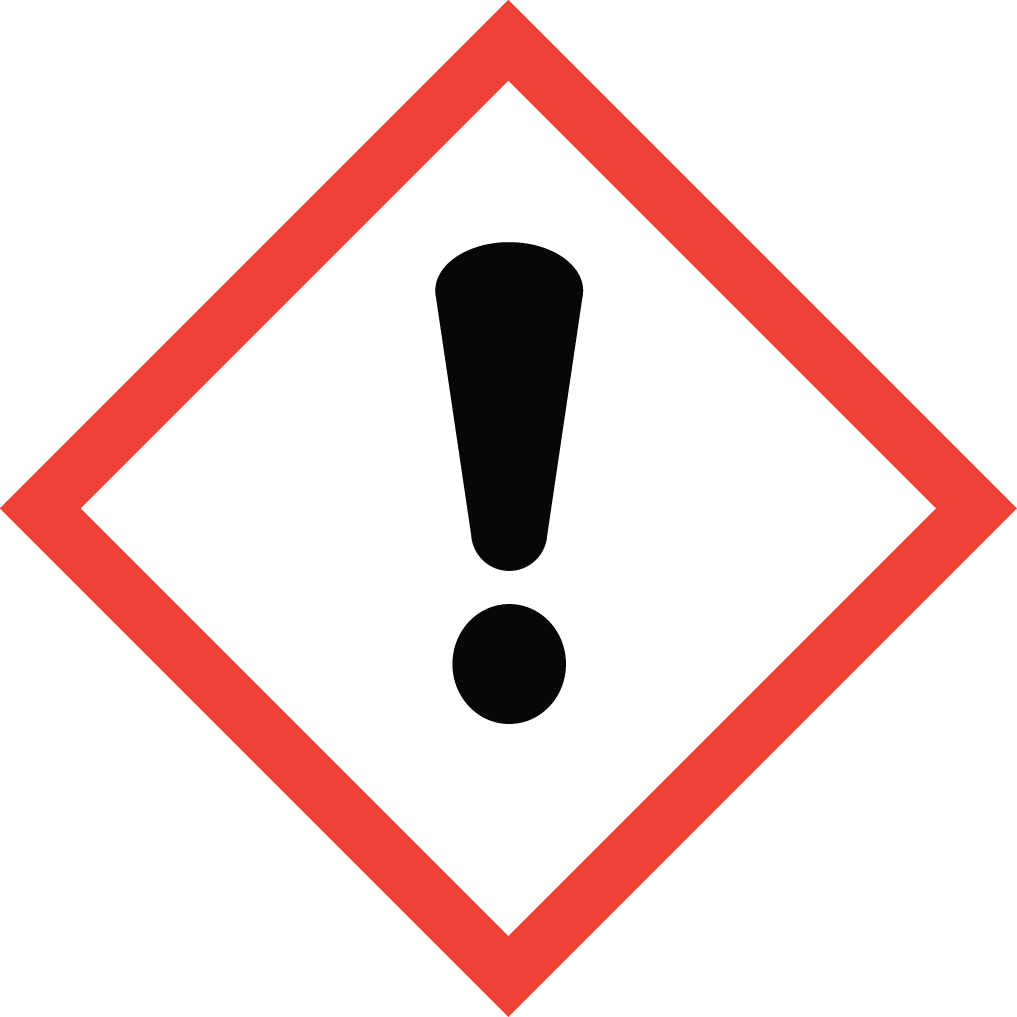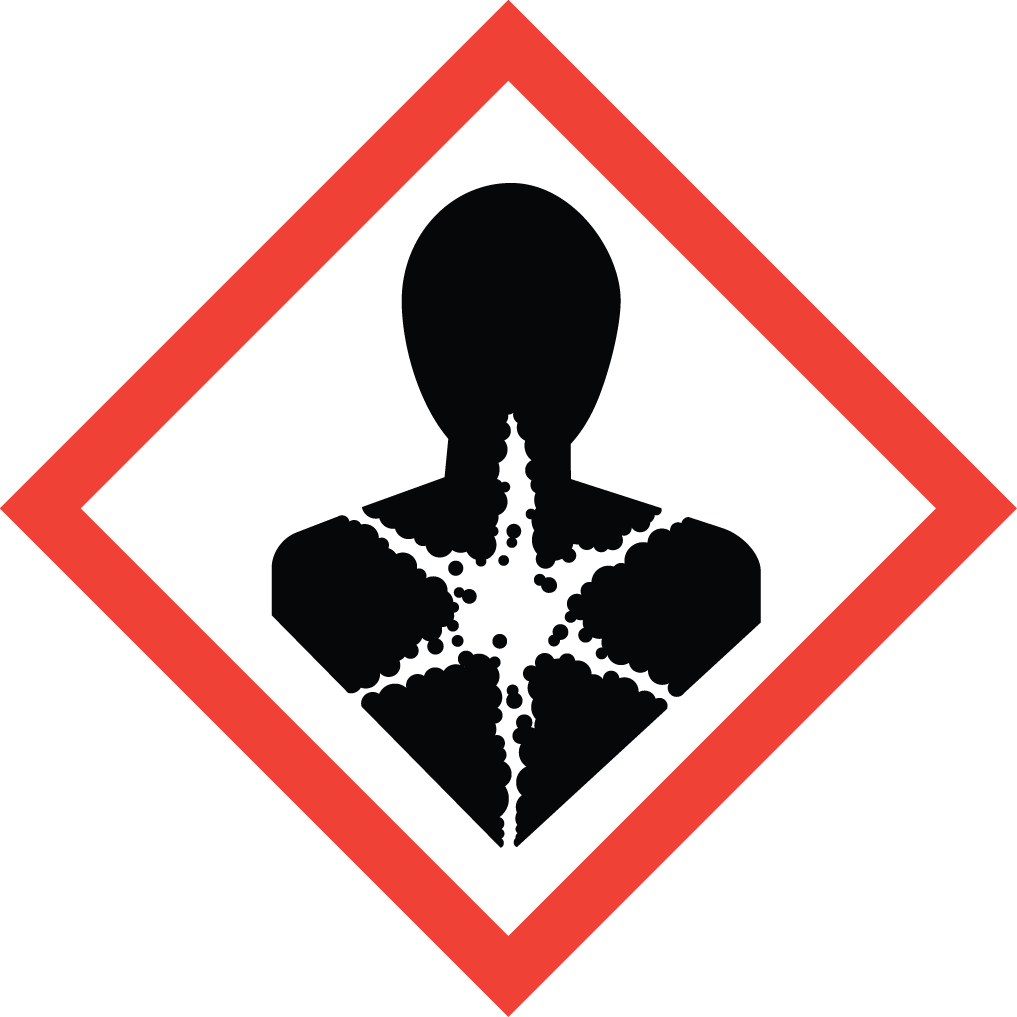EPK Kaolin
Manufacturer Information
Name
Edgar Minerals, Inc.
Address
651 Keuka Rd.
Hawthorne, FL 32640
Phone
352-481-2421
Effective Date
2007-10-21
Pictogram


NFPA
1
0
0
E

HMIS
Health |
UNKNOWN |
Flammability |
UNKNOWN |
Physical Hazard |
UNKNOWN |
Personal Protection |
UNKNOWN |
Signal Word
Danger
Hazard Statements
- Avoid generating dust. Do not breathe dust. Do not eat, drink, or smoke when using this product. Do not use until all safety precautions have been read and understood. Wear protective gloves/protective clothing/eye protection/ face protection. EPK Kaolin is slippery when wet. In case of inadequate ventilation, wear respiratory protection. If exposed or concerned, get medical advice/attention. Store EPK Kaolin in a dry location. Dispose in accordance with all applicable regulations. EPK Kaolin is a naturally occurring mineral, which may contain amounts of crystalline silica typically 0.1-1.0% • CARCINOGENICITY: This product contains crystalline silica. Repeated, prolonged inhalation of dust may cause delayed lung injury which may result in silicosis or pneumoconiosis. The International Agency For Research On Cancer in its publication, “IARC Monographs On the Evaluation Of The Carcinogenic Risk To Humans – Silica, Some Silicates, Coal Dust and Para-aramid Fibrils” - Volume 68, 1997, has concluded that there is sufficient evidence of the carcinogenicity of crystalline silica in humans, and has, therefore, classified crystalline silica in, Group 1, Carcinogenic to Humans. The National Toxicology Program’s (“NTP’s”) Ninth Annual Report on Carcinogens 2000, lists crystalline silica (respirable) as a substance which is known to be a human carcinogen. In humans, a number of studies have found an association between lung cancer and exposure to dust containing respirable crystalline silica. In many of these studies, though not all, lung cancer risks were elevated and could not be explained by confounding factors such as cigarette smoking or arsenic or random inhalation. While the IARC working group concluded there was sufficient evidence in humans for the carcinogenicity of inhaled crystalline silica in the form of quartz or crystobalite, it noted that carcinogenicity in humans was not detected in all circumstances studied.
Precautionary Statements
- May Cause CANCER (inhalation) Causes damage to organs (lungs/respiratory tract) through prolonged or repeated exposure Causes skin, eye, and respiratory tract irritation May cause allergy or asthma or breathing difficulties if inhale
Napa Valley Community College District Local data
- SKU #
*This local data is shared by all revisions







